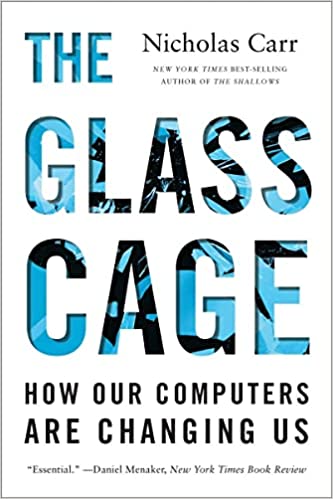
That is a question that Nicholas Carr explored in his 2015 book about automation, The Glass Cage. Best known as the author of the Pulitzer Prize finalist The Shallows: What the Internet Is Doing to Our Brains, Carr’s book about automation is perhaps even more relevant to recent questions we face about artificial intelligence.
Carr showed that robots kill people all the time. However, because these deaths are not the result of anthropomorphic terminator-type robots coming after us with weapons, and because the causal element traceable to robots is mixed with other factors, these deaths are under-reported.
Robots, in the most general sense of the term, cause death via one of the worst side effects of automation, namely loss of human skill, including skills that are often necessary for our survival. As we outsource our thinking to automatic processes, we lose crucial skills, including skills that are often required for survival. In this way, robots contribute to airplane crashes, to Eskimos driving snow mobiles off cliffs, and to doctors to misdiagnosing the needs of patients. We don’t call it “death by robot,” but more innocuous names like, “user error,” or “cognitive breakdown.”
What I like about Carr’s book is that he is not anti-automation. He shows how it’s possible to pursue automation in a more humane fashion – in a way that doesn’t cause our skills to go into atrophy, and in a way that advances human flourishing. But that takes effort, time, and in some cases money. It is easier to just outsource our cognition to machines.


